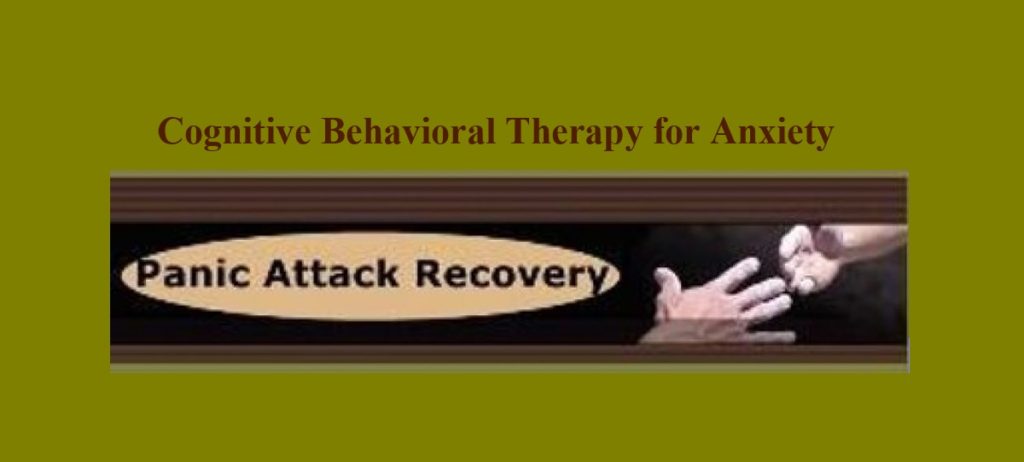Why you should definitely consider using Cognitive Behavioral Therapy for Anxiety
I’d like to show you how to use cognitive behavioral therapy for anxiety.
When you’re feeling anxious or experiencing a panic attack, you are experiencing the emotions of anxiety and panic, these feelings represent distortions in your thinking. These distortions are called “cognitive distortions.”
A cognitive distortion is an inaccurate thought about reality.
For example, if you feel your heart racing and consequently conclude that you’re having a heart attack. In reality your heart is racing just because of anxiety. In this instance your original thought (that you’re having a heart attack) is a “cognitive distortion.”
This is just one example, but in reality many cognitive distortions probably cause your anxiety or panic attacks.
The exciting thing, however, is that one-by-one you can dissect these distortions and then substitute healthier and realistic thoughts in their place. Such a process is referred to as “cognitive restructuring.”
Many people complain that prior to experiencing their first panic attack they were completely rational. After their first attack, however, their thoughts became circular and constantly stuck in a cycle of anxiety. Therefore using cognitive behavioral therapy for anxiety can be very satisfying. This is because it allows people to regain their rational thinking (not that it was ever really lost to begin with but it might have felt that way) while getting better.
You first need to understand a little more about cognitive distortions.
In order to be able to do “cognitive restructuring” you need to be able to identify the distortions so let’s first look at the different types of distortions. Dr. David Burns has done a great deal to popularize cognitive behavioral therapy and its steps as outlined below.
What are the steps to cognitive behavioral therapy for anxiety?
Step 1: Locate your Thoughts
When having a panic attack, you might experience the following thoughts:
“Oh my God, my heart is beating so fast. I’m going to die”
“I feel so nervous it’s hard to concentrate what will everyone think of me?”
“I can’t seem to stop my racing thoughts. I’m going to go crazy!”
Step #2: Identify the Distortions
What distortion(s) are present?
Your thinking involves the distortions of “jumping to conclusions” and probably “disqualifying the positive.”
Why is this important for cognitive behavioral therapy for anxiety?
To begin, when you are jumping to conclusions you are making negative predictions even when there is no real evidence to support them. You have likely had your heart beat quickly before and you’re still here. In this instance, you are making the prediction that you are going to die, and clearly predicting the future.
I also mentioned that your thinking probably contained the distortion “disqualifying the positive.”
“Disqualifying the positive” is when you forget all of the positive outcomes in your life and focus only on the negative.
In this example, you are forgetting about all the times in the past when your heart beat quickly and you did not die. For example, when you exercise, your heart beats quickly. Or perhaps you became very excited about something. These things did not lead to a heart attack.
Step #3: Substituting Healthier Thoughts
Now that you have identified the distortions, your next step is to substitute healthier thoughts in their place.
For example, here are some healthier thoughts…
Your heart has beaten quickly and perhaps many times before and you did not die.
Your heart can beat quickly when you engage in an activity that excites you.
Many sufferers of panic attacks have believed that they were having a heart attack, even though they were fine.
Step #4: Regular Practice of Cognitive Behavioral Therapy for Anxiety
You should work on your thoughts each day.
If you restructure your thoughts over time you can feel much better.
Researchers comprehensively reviewed literature and indicated that cognitive behavioral therapy is the gold standard of treatment.
